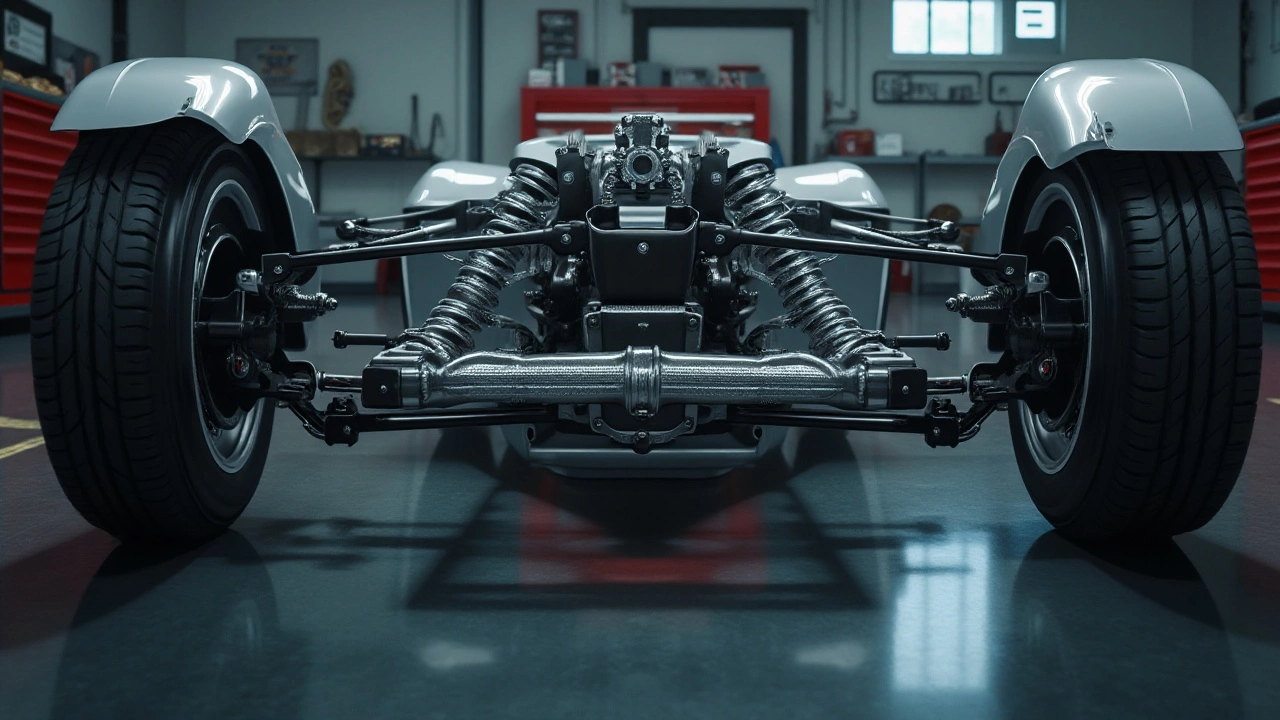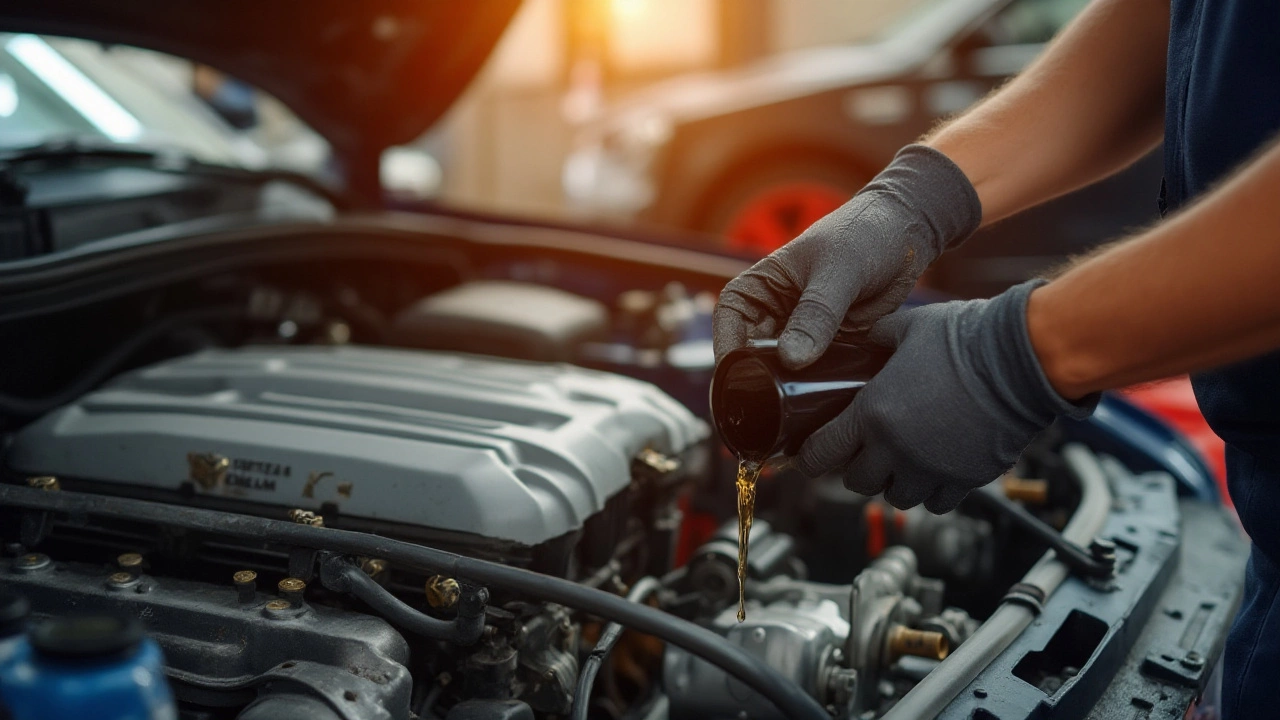Vehicle Performance: How Every Part Affects Your Ride
When talking about Vehicle Performance, the combined ability of a car or boat to accelerate, brake, handle and stay reliable over time. Also known as driving dynamics, it matters to anyone who wants a smooth, efficient, and safe journey. Vehicle performance isn’t just about horsepower; it’s a balance of many components working together. For example, the clutch determines how power moves from the engine to the wheels, the spark plug fires the combustion, the brake system slows you down safely, and clean engine oil keeps everything lubricated. Understanding these links helps you spot problems early and keep your vehicle humming.
Key Systems That Drive Performance
The Clutch, a mechanical link that engages and disengages engine power to the transmission is the first “gear” in performance. A slipping clutch reduces acceleration, while a worn pressure plate can cause jerky shifts. Knowing the signs—like a burning smell or a spongy pedal—lets you fix the issue before it drags down fuel economy. Next, the Spark Plug, the tiny device that ignites the air‑fuel mix in each cylinder is crucial for smooth power delivery. Bad plugs lead to misfires, poor mileage, and even catalytic‑converter damage. Replacing them at the right interval restores the engine’s rhythm and boosts responsiveness.
Brakes are the other side of the performance coin. The Brake System, components like pads, rotors, and calipers that convert kinetic energy into heat ensures you can stop safely and maintain confidence in corners. Worn pads increase stopping distance and cause squealing noises, while warped rotors can lead to vibration. Regular checks keep the system reliable and prevent costly repairs. Meanwhile, fresh engine oil acts like blood for the engine. The Engine Oil, lubricant that reduces friction and carries heat away from moving parts prevents wear, reduces emissions, and supports overall power output. Skipping oil changes creates sludge, damages bearings, and can ruin performance entirely.
All these parts—clutch, spark plug, brake system, oil—are linked by a simple rule: when one fails, the whole performance picture suffers. That’s why a holistic maintenance plan matters. In the posts below you’ll find deep dives on clutch wear signs, how often to change spark plugs, brake‑pad lifespan for UK drivers, and the real risks of skipping oil changes. Each article gives you clear, actionable steps so you can keep every system in tip‑top shape and enjoy a faster, safer ride.

Is Upgrading to Alloy Wheels Worth It?
Apr 6 2025 / WheelsAlloy wheels have become a popular choice for car enthusiasts looking to spruce up their ride. But are they worth the investment? This articles dives into the practical benefits like improved performance and aesthetics, potential downsides, maintenance tips, and how to decide if they align with your driving needs and budget.
VIEW MORE
Choosing the Best Front Suspension: A Comprehensive Guide
Feb 2 2025 / AutomotiveDiscover the best front suspension options for your car with this comprehensive guide. Learn about the different types of front suspensions, their benefits, and how they affect vehicle performance. Get helpful tips for choosing the right suspension for your driving needs. Stay informed about recent advancements and industry insights that could influence your decision. Enhance your understanding of what makes a great front suspension system.
VIEW MORE
What You Risk by Skipping Your Oil Change: Engine Health and Maintenance Tips
Jan 15 2025 / Car MaintenanceNeglecting an oil change can have a serious impact on your vehicle's engine health and performance. Routine oil changes help maintain engine lubrication, regulate temperature, and prevent the buildup of harmful particles. Drivers who delay this essential maintenance risk diminished fuel efficiency, increased engine wear, and potential engine failure. Understanding the importance of timely oil changes can save money and prolong the life of a vehicle. This article explores the chain reaction of missing an oil change and provides tips for proper vehicle care.
VIEW MORE